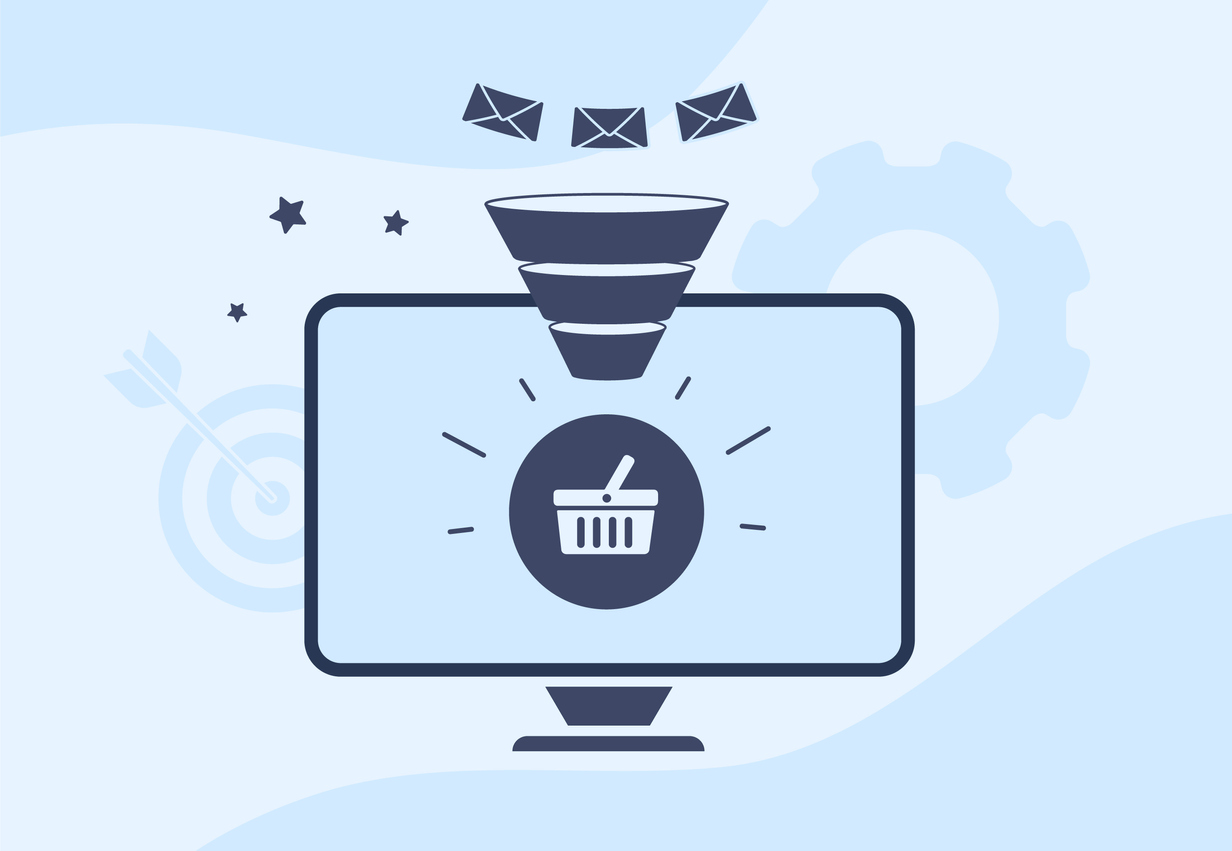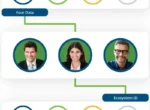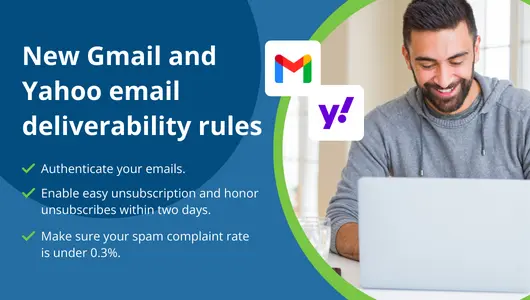
The spam filter has become more prominent on Google and Yahoo. This is good news if you are one of the millions using those services. This could be your worst nightmare if you are a prolific email marketer.

For some time now, email handlers like Google and Yahoo have encouraged businesses to take steps to ensure their emails are not considered spam. The definition of spam ranges from solicited but unhelpful emails to straight-up scams. With this update, several best practices around email marketing are now mandatory.
At Visual Visitor, we provide tools that make emails relevant and helpful to receivers by personalizing their content. Relevant, directed emails, like the ones we help create, are not spam and are much less likely to be mistaken for spam. If you send bulk email, now would be an excellent time to reconsider your approach. Later in this article, we’ll discuss how personalizing email can improve conversion and keep you out of the spam folder.
Read on to learn about the new Google and Yahoo email requirements and how to stay relevant in email communication.
The New Email Requirements
Here are the new requirements at a glance:
- Required: any email authentication system
• Recommended: SPF, DKIM, DMARC, and ARC authentication - Required: The sending IP address must match the IP of the hostname in the Pointer (PTR) record
• Recommended: Send all emails from the same verified email address - Required: Keep your “marked as spam” rate under 0.3%
• Recommended: Keep your “marked as spam” rate under 0.1% - Required: Use a TLS (Transport Layer Security) connection to transmit email.
• Most email servers already use TLS, but you might want to check any custom SMTP you use. - Recommended: Easy unsubscribe options to reduce your likelihood of being marked as spam
- Recommended: Follow message formatting guidelines to avoid being identified as spam
- Recommended: Send similar messages from the same email address. E.x.: All notifications are from alerts@domain.com while all promotions are sent from promotions@domain.com
- Recommended: Increase the volume of emails sent slowly so automatic systems do not flag them as spam.
There are even more stringent requirements for organizations sending 5,000 or more emails a day. You can see all the updated requirements and recommendations from Google here.
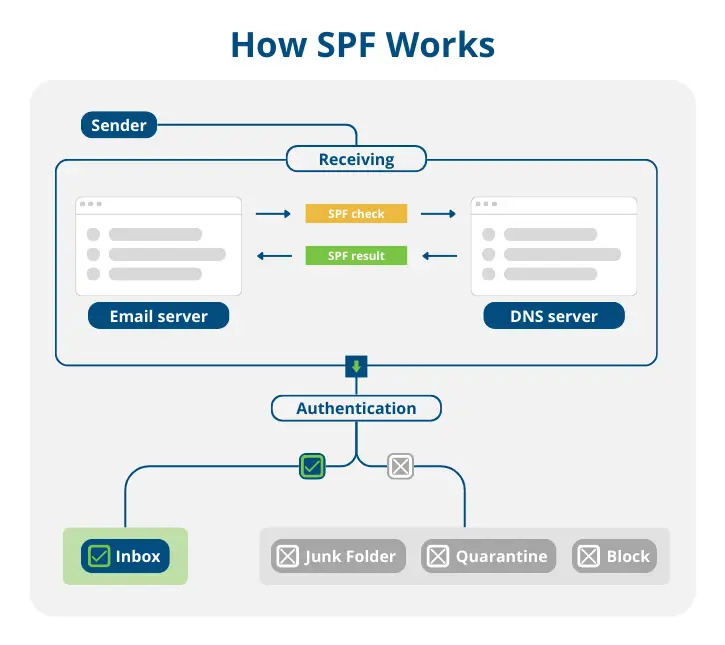
The Importance of Being Authenticated
The most significant change here is that sender-side authentication is required. Email handlers want to ensure the emails reaching users’ inboxes are from verified sources to help protect them from phishing attacks and other malicious activities.
To ensure proper authentication, Google encourages the use of all of the following: SPF (Sender Policy Framework), DKIM (DomainKeys Identified Mail), and ARC (Authenticated Received Chain). DMARC (Domain-based Message Authentication, Reporting, and Conformance) sets up rules for handling emails that fail the other types of authentication.
Authenticating senders cuts down on exploiting email systems, which hackers use to send scams via your network. Ultimately, the increased security benefits you by reducing the risk that your email system will be exploited to send spam.
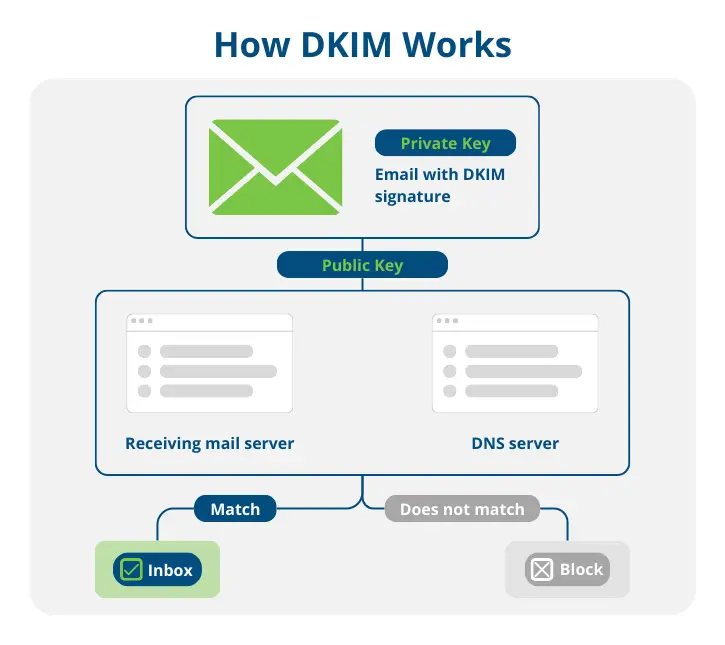
Will This Impact My Business?
For many businesses, especially those that rely heavily on email communication, these changes will require a review and possible overhaul of their current email practices. If some of your emails are marked as spam, other emails from your IP or domain can also suffer. Plus, being marked as spam hurts deliverability, cost efficiency, open rate, and conversion rate.
These changes might seem daunting, but companies that have already adopted best practices for sending email and email authentication protocols will find the transition easy. For businesses prioritizing the security and authenticity of their email communications, these updates are a welcome validation of their practices.
The Solution to Bulk Email: Personalize It
The essential problem Google and Yahoo are trying to tackle is unwanted email. The problem is that marketing email is easily mistaken for spam – low effort, low value, and unwanted communication. In fact, much of marketing email is spam.
Imagine the obnoxious guy at the party who only wants to talk about his life and accomplishments and his family– me, me, me – and never listens to anyone else. That’s you when you blast unpersonalized marketing emails.
Visual Visitor offers a unique solution to this problem. We can provide you with detailed data about your website visitors. This allows you to speak to your prospects in their language about the topics that matter to them. Here’s how it works:
Say a prospect clicked from an advertisement you’re running to a product page before ending their session. From this, you know that person’s IP address, the campaign they clicked from, and an interest of theirs. Visual Visitor can provide you with the rest of the picture: their name, email address, employment information, and even their income range.
You can use this information to improve your email campaigns in a few ways. One is segmenting. Based on your current customers, you can determine what characteristics define a highly qualified lead. Maybe it’s a certain job title or a demographic. By only sending emails to segments that are likely to want them and open them, you can significantly boost open and click-through rates.
Another way to make your emails more valuable is by personalizing them to the recipient and their interests. It has been well-established that personalized email gets much better open and click-through rates than cold email. One study found a 26% increase in open rates with personalized subject lines. Visual Visitor lets you take the next step in personalization by providing a wealth of data to influence the communication and information in your emails.
Don’t be the obnoxious guy at the party. Nurture your leads by starting a conversation that focuses on the recipient and their life.
Don’t Get Mistaken For Spam
Trust is valuable currency in marketing. Don’t squander trust blasting unsuspecting visitors with unwanted emails. Instead, nurture that trust by being relevant and helpful when you send emails. We have seen again and again that if you can prove to your prospect that you know them and are willing to meet them on their terms, with their interests, you move out of the realm of spam and become a welcome visitor in the inbox. Contact us to learn how to boost your email efficiency and stay out of the dreaded spam folder.


